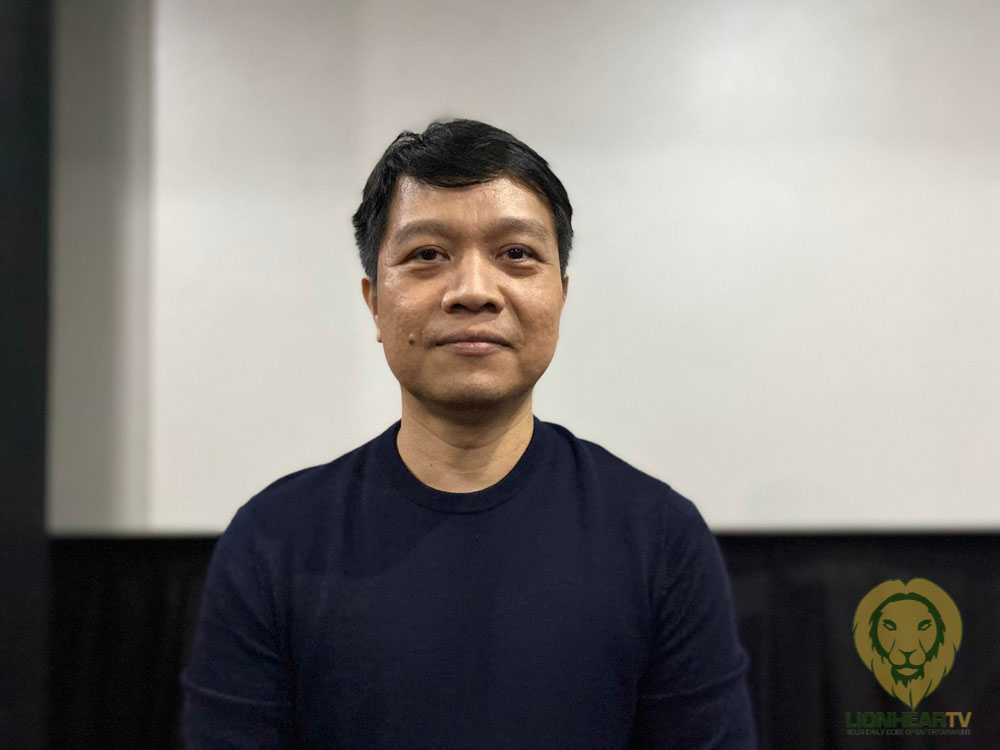Noting the logistical constraints his team faced–filmmaker Alvin Yapan shared how rewarding finishing Hulagway, and how optimistic they are about the film eventually fulfilling its purpose.

Speaking to members of the press including LionhearTV, during Hulagway’s first public screening, Director Alvin Yapan, remembered the sacrifices their team went through to finish the project. Financed and supervised by the sub-commission on cultural dissemination of the National Commission for the Culture and the Arts (NCCA), Hulagway, is a documentary film that fixes its lens on the last speakers of some of the Philippines’ dying languages.
It arrives at such an extraordinary time when saving these languages on the brink of extinction and ensuring their legacies are preserved, could not be overstated. Sue Prado, the main female lead of the film, said finishing the film made her question her place in the grand scheme of things, and it is not exactly surprising.
What can we do for these disappearing remnants of our national heritage? Why are we not acting appropriately to keep what we dread from happening?
Yapan understood the sacrifices, and while he admitted it was worth it making them, he said he may not be able to find the will going through them again.
“Parang hindi ko na kaya (it looks like I may not be able to do that again)” he said, noting the hardships they faced, right from their pre-shoot onsite visits, to their last day of shooting scenes. The scarcity of living witnesses and speakers also made it impossible for them to create a more solid, and continuous storyline, hence their decision to segment the docu-film into parts.
“Mahirap talaga namin ito ginawa, kasi hindi siya talaga scripted (It really was hard for us to make, because it wasn’t scripted)” Yapan shared. He said it was impossible for them to write scripts before the shoot, as they needed to engage the local IP community to come up with a genuine, tangible narrative.
“Nag-ocular kami na kami muna, dalawang beses bago ipinasok iyong shoot. So ganoon talaga kahirap. Tantyahan kung ano magiging kwento. Alam ko lang na mayroong general love story, pero ‘yung scripting? Ang scripting, habang nandoon kami ay tinatrabaho ‘yung script, together with the community. Kasi sila talaga iyong nagsasabi na totoo about sa kanilang komunidad, at kung ano ang hindi namin puwedeng sabihin.
“(When we did our ocular visits, we had to do it twice before proceeding to the actual shoot. That’s how hard it was. We really needed to do estimates while writing the script,. I just knew there was a general love story, but the scripting? It had to be done on the day of the shoot, and we had to engage the community in writing it. Because they are the ones who really know their story, and how far can we go in telling their history)”
Yapan said they originally planned to tackle 9 dying languages at most, but ended up featuring the Dupaningan Agtas in the Cagayan Valley region, and another in Palawan, instead, due to budgetary constraints.
That said, they hope to deliver the message they are trying to get across and that Hulagway is enough to spark relevant conversations around the matter.


